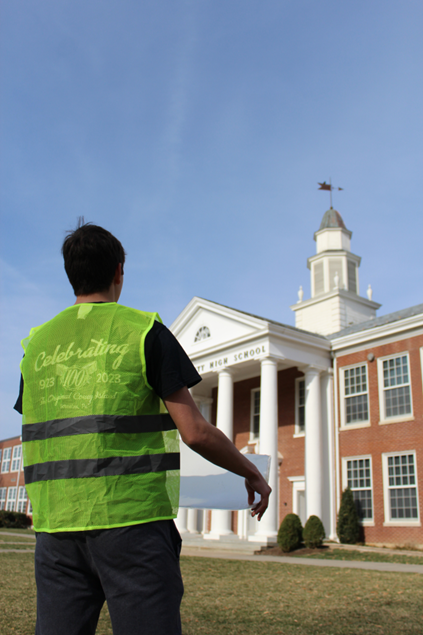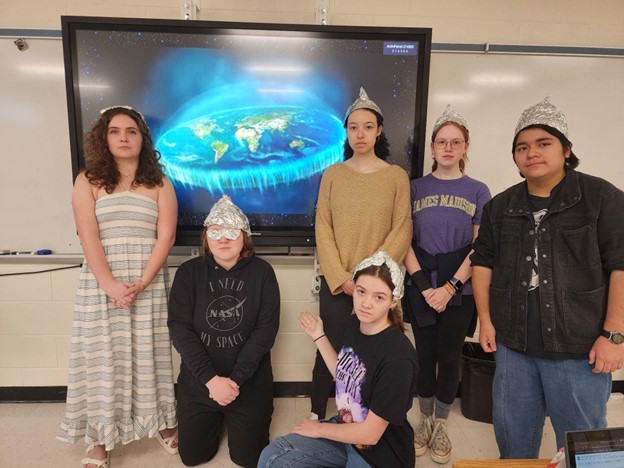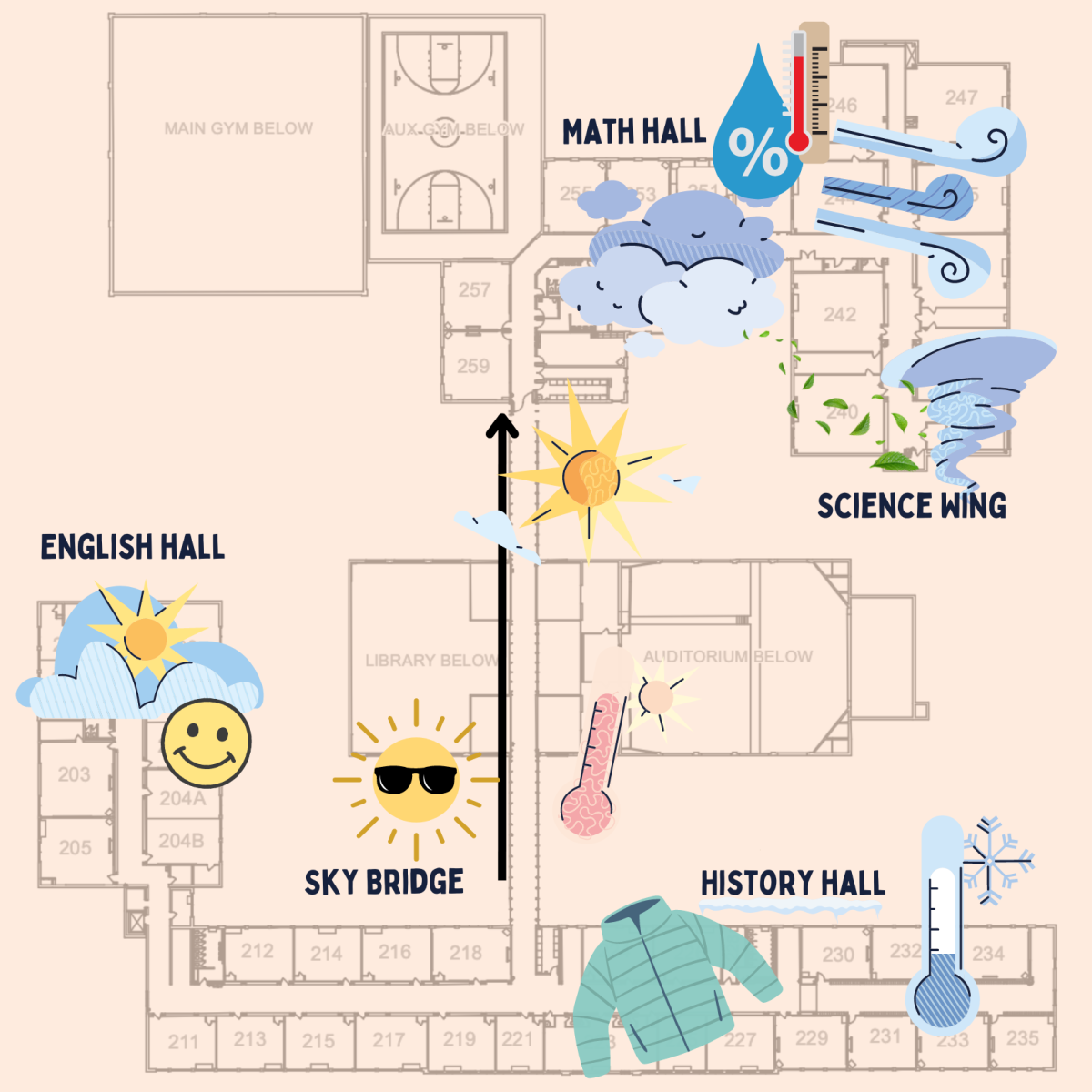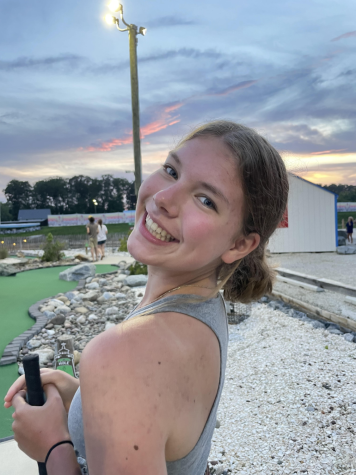February saw a record number of hallway collisions, resulting in an overabundance of tardies, disciplinary action, and peer drama. In an attempt to reduce these interruptions, traffic lights have been installed at major hallway intersections throughout the school.
“We’re excited to announce our newest renovation, one which we hope will prove effective in reducing hallway disturbances and maximizing student safety during class changes,” principal Michaela Luminell said in a statement released last week.
The traffic lights will use the same approach as conventional traffic lights, including arrows and practices such as right turns on red. The hallways will not be restructured, however, so there won’t be any more of a distinction between “lanes” than already exists by practice.
Lights at major intersections will run on approximately twenty to thirty-second cycles and class change times will not be adjusted, Luminell said. “This addition should make transitions safer and more efficient.”
The collisions, which administrators categorize on a five-point scale ranging from “minor disruption” to “catastrophic,” have increased tenfold from the previous school year and are creating a dramatic impact on the school’s daily operations.
“I’ve never seen it this bad,” head of counseling Dana Cole said. “Students are quite literally running into each other left and right.”
“The worst is the blind turns around the corner,” sophomore Faye Johnston said. “People just don’t look where they’re going. You’re supposed to slow down, it’s just common sense.”
Hallway collisions frequently result in an explosion of students’ belongings, spilling pencils, notebooks, papers, and even beverages or snacks all over the hallway. These disturbances impact members of the school community beyond those directly involved in the crash.

“It creates more work for the custodial staff,” Cole said. “It makes the students late to class, then disrupts the teacher’s lesson. It causes other students to be late as well because they have to reroute to avoid the scene. It really is a domino effect.”
Hallway collisions have been responsible for 40% of detentions in the last month, although their impacts go far beyond discipline. Tardies have negative effects on academic performance, and the adverse effects of collisions extend to social circles as well.
“There’s some people that I just can’t walk in the hallway with anymore,” Johnston said. “They’re just so reckless.”
While some students take a cooperative approach to navigating hallway traffic – freshmen Kyle Best and Jamie Arthur say they link hands to not lose each other in the crowd – others see it as an every-man-for-themselves situation.
“I’ll talk to you all the way up until the bell rings,” junior Danny Pierce said. “But the second we step out into the hall, bye. I’m not about to be late to class or run into someone because you’re walking slowly or not looking where you’re going.”
Students and staff are largely optimistic about the traffic lights’ potential to reduce collisions.
“It works for roads, why not hallways?” math teacher Beth Madison said. Madison reasoned that although the hallway traffic system implemented is much simpler than that of a vehicular roadway, lacking turn lanes and blinkers for example, any regulation is better than none at all.
However, Luminell cautioned that the traffic lights’ effectiveness is contingent on students obeying them.
“Typical hallway rules like ‘stay to the right’ proved not to be enough,” she said. “I’m hopeful that some more structured traffic regulation will create improvement, but what really needs to change is individual action. The lights can tell you when to stop and go safely, but they can’t do it for you. They won’t work if they aren’t followed.”
Others worry that some issues will remain unresolved by the traffic lights.
“I don’t think it’ll help so much with the flat-tiring and rear-ending,” history teacher Sean Blake said. “Maybe some speed limit signs will be next.”






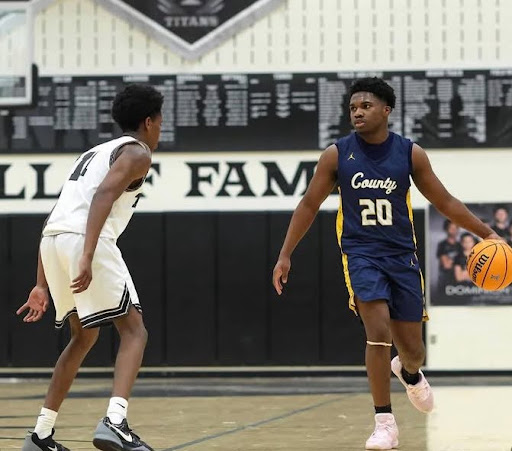
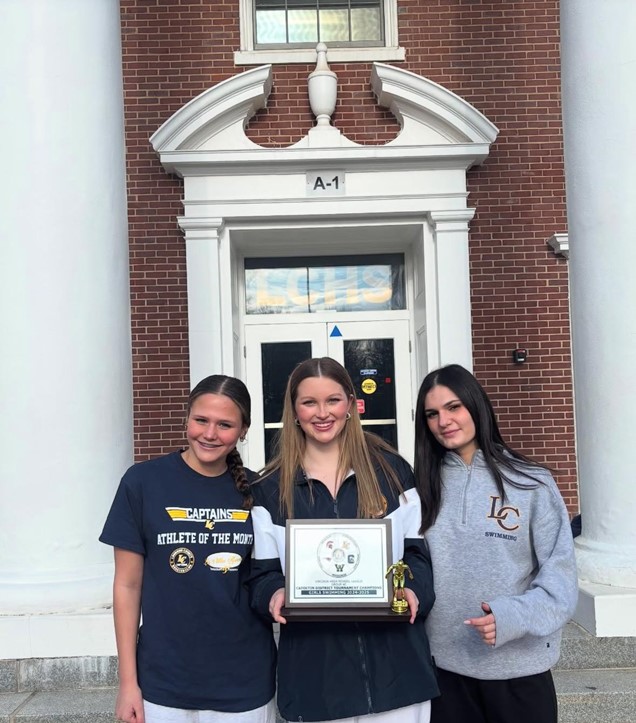

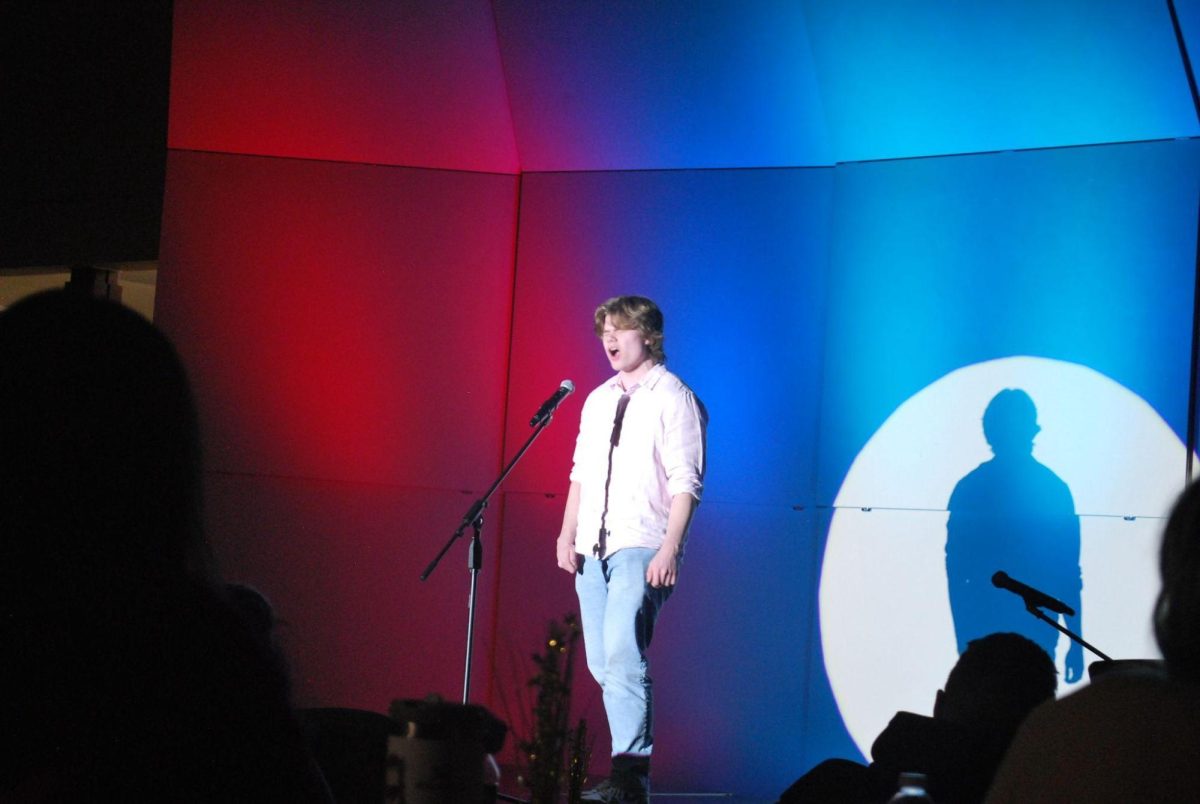
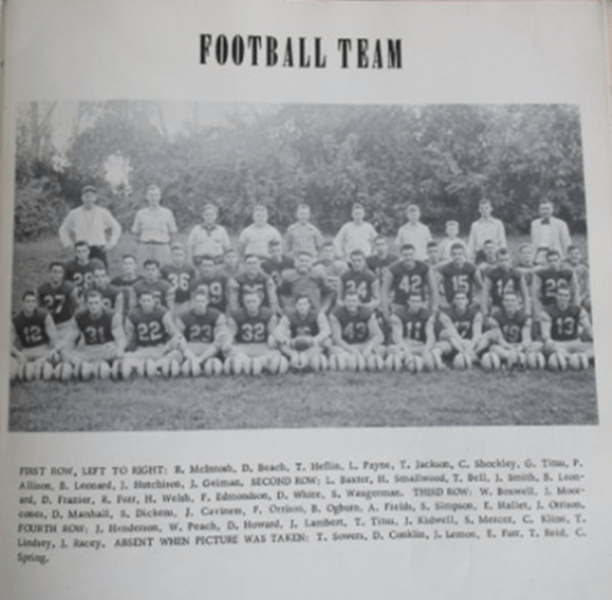

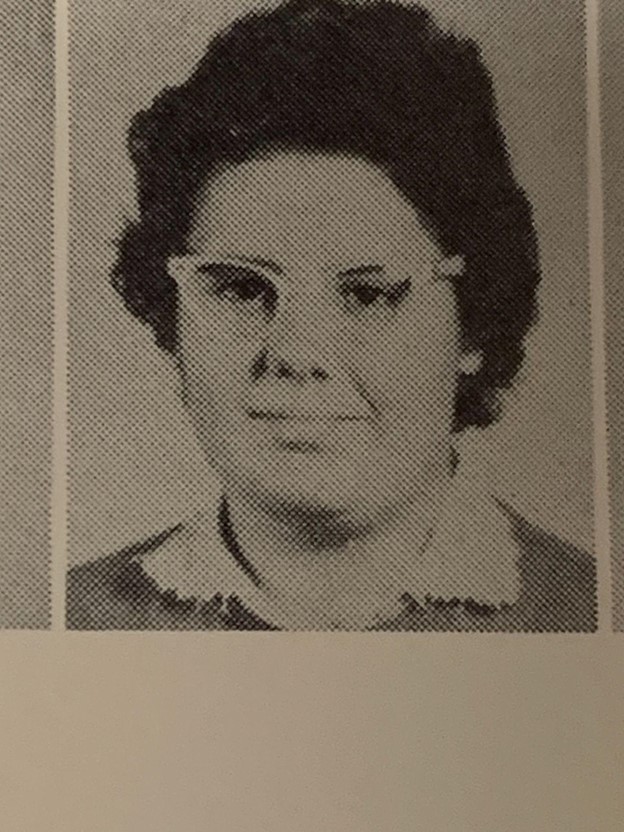

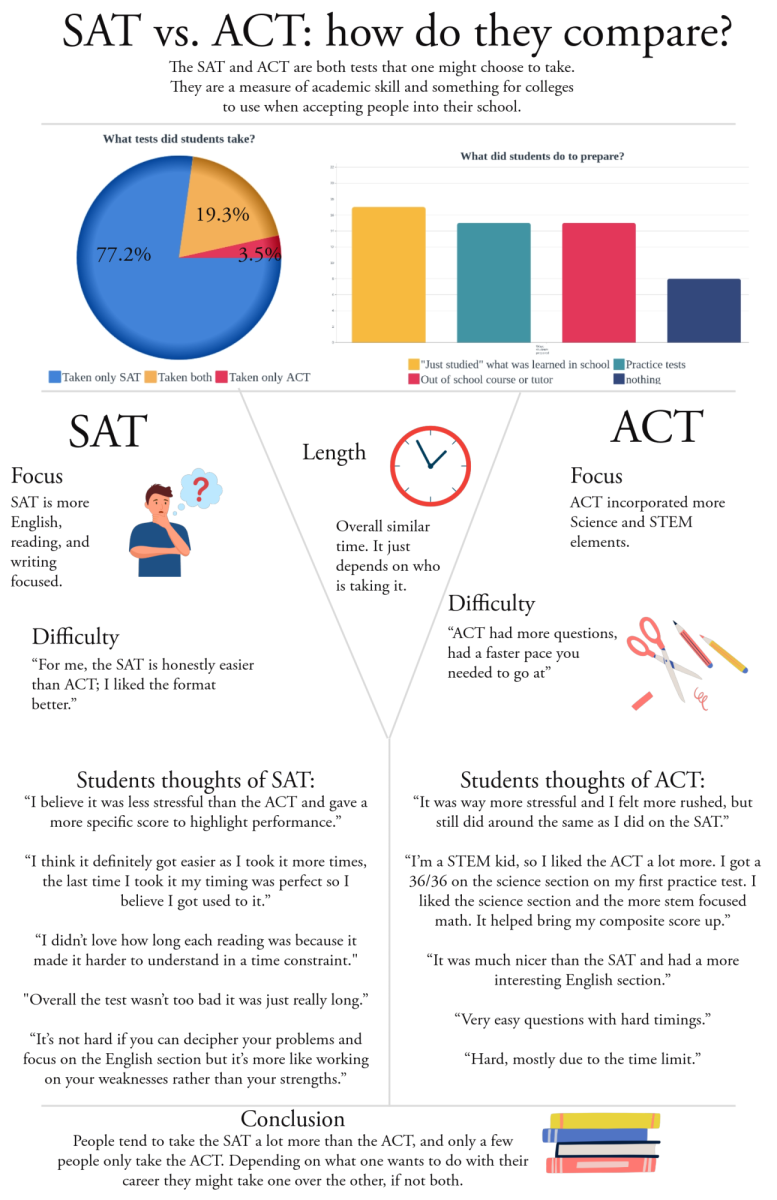
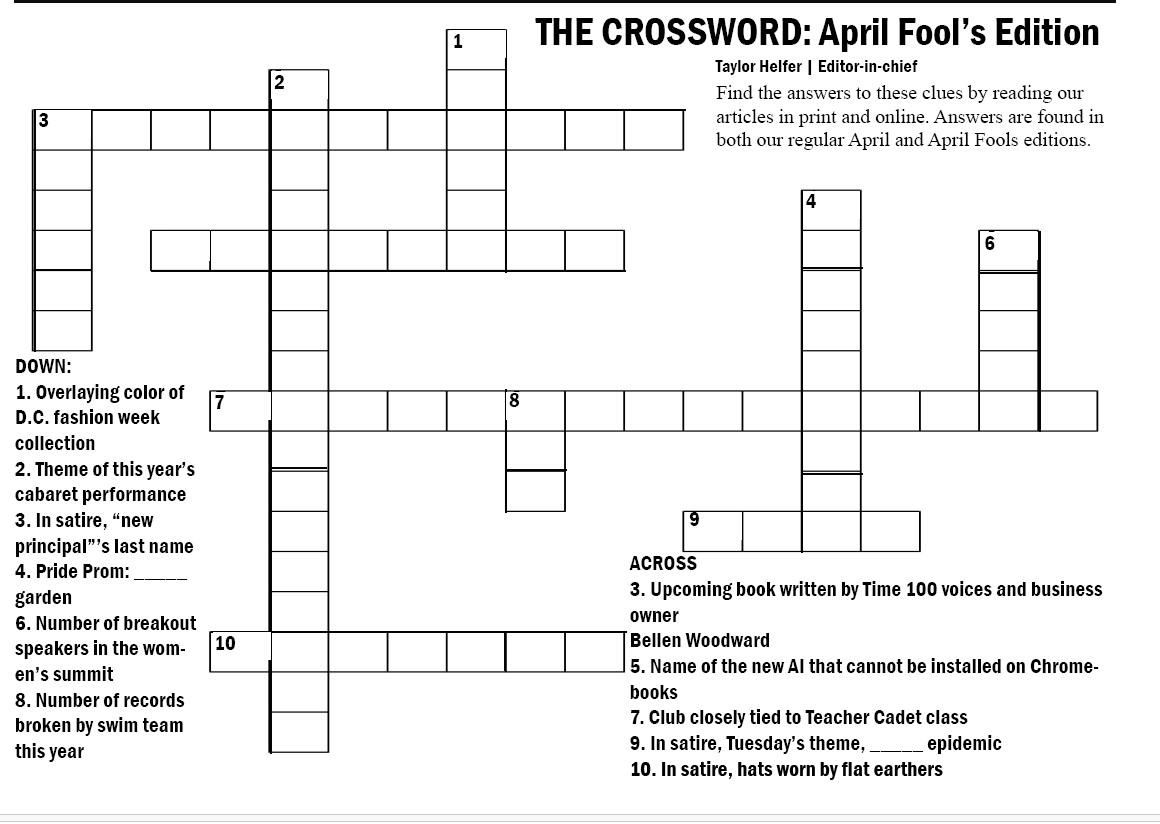
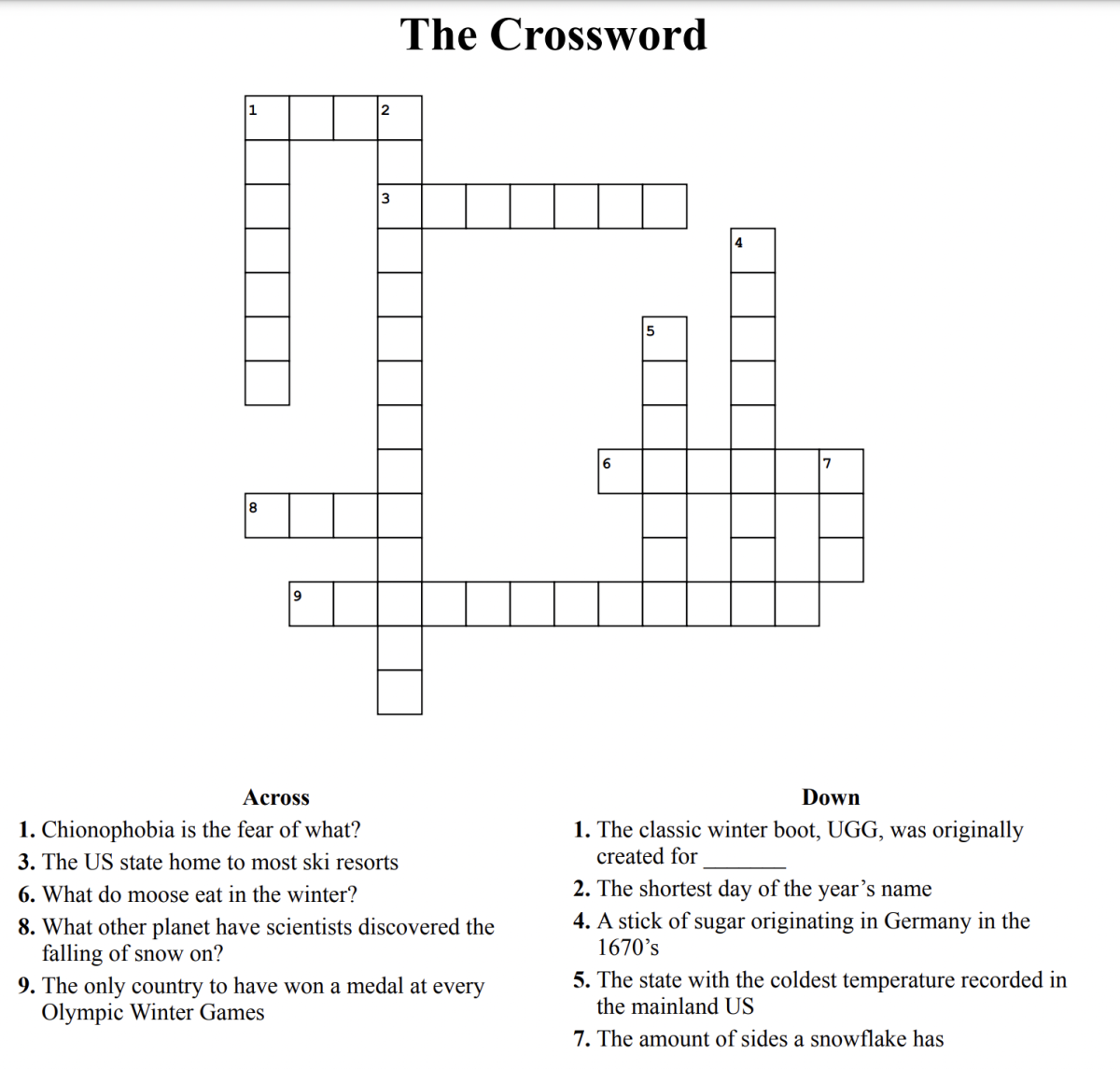
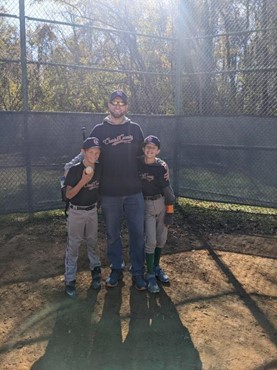


![Clyde Barrow gazes upon the hallway he previously renamed to “The Wing Above My Office.” The hallway remained vacant since its opening as students avoided entering its halls. Photo by [REDACTED FOR THE SAFETY OF THE PHOTOGRAPHER].](https://countychronicle.org/wp-content/uploads/2025/06/satire-political-copy-1-1-927x1200.png)
